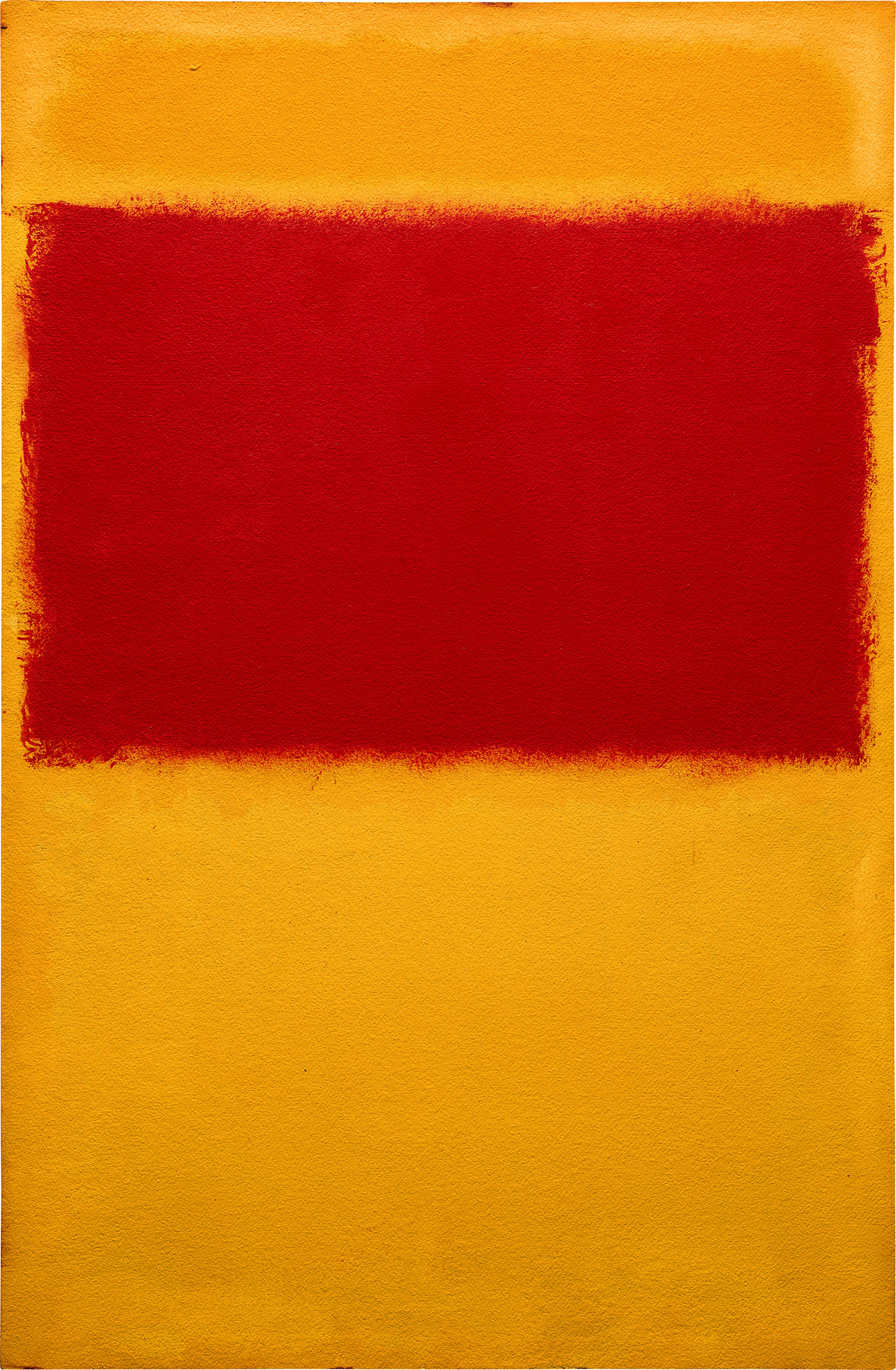

Property from an Important European Private Collection
6
Mark Rothko
Untitled
signed and dated "MARK ROTHKO 1959" on the reverse
oil on paper mounted on Masonite
38 x 24 7/8 in. (96.5 x 63.2 cm)
Executed in 1959.
The following work is being considered for inclusion in the forthcoming Mark Rothko Online Resource and Catalogue Raisonné of works on paper, compiled by the National Gallery of Art, Washington, D.C.
The following work is being considered for inclusion in the forthcoming Mark Rothko Online Resource and Catalogue Raisonné of works on paper, compiled by the National Gallery of Art, Washington, D.C.